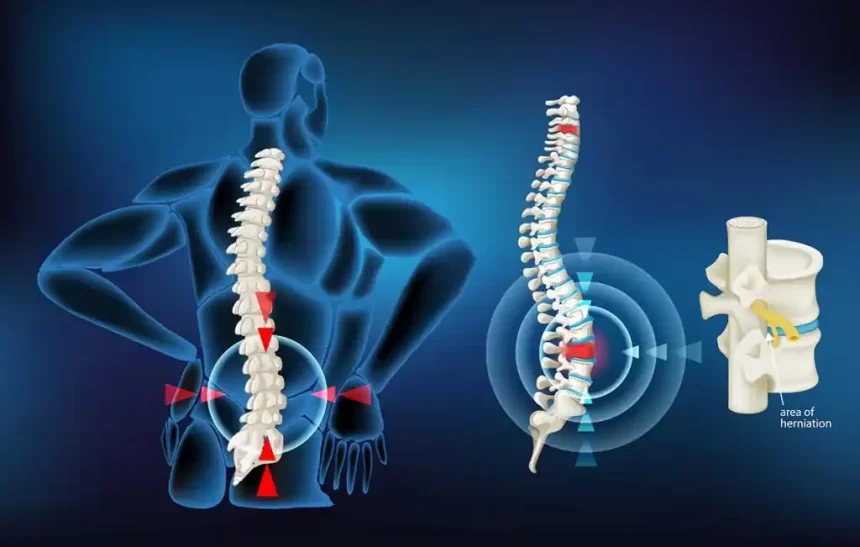Physical therapy is often a part of herniated disc recovery. The techniques and exercises incorporated in therapy often provide immediate relief and help patients condition their bodies to limit future injury risks.
A physical therapist near me can walk you through the various treatments and techniques that may work for your injury. Some of the more passive treatments, which most programs start with, include deep tissue massage, electrical stimulation, hot and cold therapies, and hydrotherapy. The specific treatments and regimen may depend on the cause of your injury and its severity.
Causes of a Herniated Disc
Age and trauma are the two most common causes of disc herniation. As some people age, they lose fluid volume in their spinal discs, causing degeneration. As the discs wear, they cause minor cracks and tears along the outer surface, which allows an exit for the gel-like interior.
Trauma can stem from an overstress injury or a high impact. The disc can rupture during a trauma event, such as a car accident or fall, causing a herniation.
People may also experience herniated discs if they are overweight or have a family history. Physical therapy near me can help limit the risks of herniated discs in some people by strengthening the areas around the spine.
What Physical Therapy Treatment Can Do
Passive physical therapy treatments aim to relieve tension and muscle spasms. The body develops tension and spasms to restrict muscle movement in the affected area; it is a healing and protection mechanism, but it can work against you. Through passive treatments like massage and hydrotherapy, physical therapy near me tries to reintroduce movement in gentle and controlled treatments and exercises.
As the body becomes less restrictive, therapy focuses on active treatments, which address core stability, flexibility, joint movement, posture, and strength issues. Active therapies reduce recurrent pain and complement overall well-being. A therapist will create a program based on your history and specific diagnosis.
Core stability is paramount to spinal strength and stability. Many people do not realize how significant of a role the core plays in spinal movement and strength. A therapist works with their patients to develop routines focusing on the core and specific strengthening techniques for the spine.
While working with a physical therapist, patients may also learn several self-care techniques, which may include at-home exercises or specific instructions about posture and over-exertion. Patients should not ignore home care recommendations. A speedy and effective recovery depends on a patient’s commitment to the routine at home and the physical therapist’s office.
Physical therapy following a disc herniation is about healing and recovery; it is also about living pain-free and reducing the risks of future injuries. During your time with a therapist, they will teach you how to exercise your back to strengthen it and maintain flexibility correctly. You may not enjoy long-term results if you ignore the lessons and refuse to implement them into your daily routine. Talk to a physical therapist to learn more about herniation recovery and what PT can do for you.



